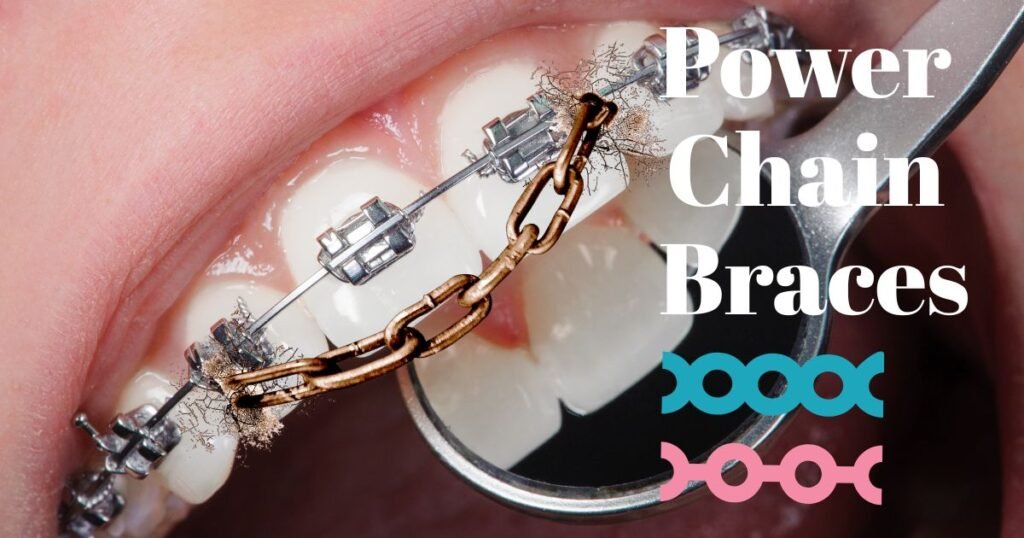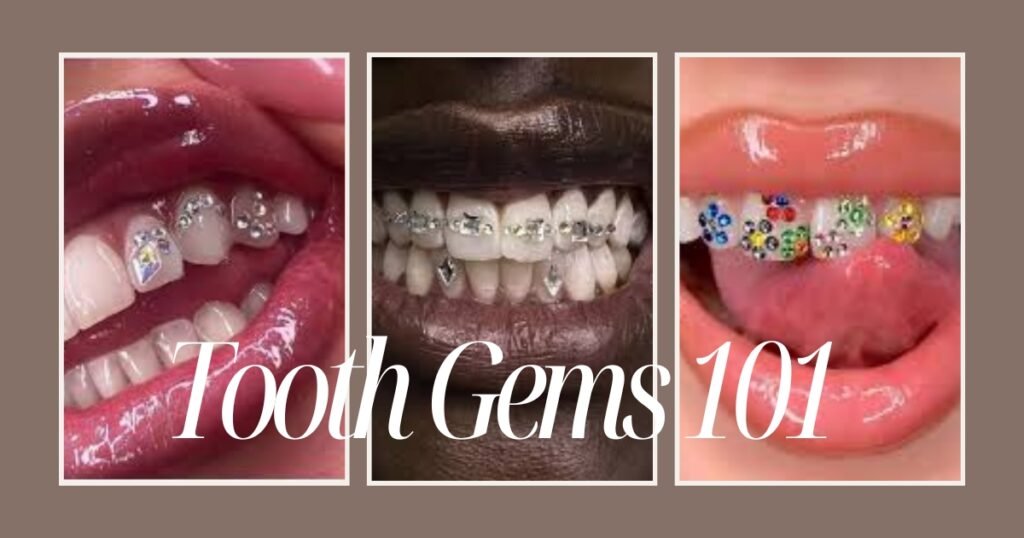When Houston native Sarah, 15, learned she’d have to get braces, the first words out of her Mother’s mouth weren’t in shock over the orthodontia diagnosis. It was the price tag. As if things weren’t tight already, with rent to make, groceries to buy, and gas to put in the car, the question “how much do braces cost in Texas?” seemed like a dark cloud hanging over the event. Sarah needed them. Her smile mattered. But could her family afford it?
If you’re in Texas, or anywhere else in the United States, and think the same thing, you’re not alone. Braces are an investment in your health, confidence, and appearance. Whether you’re a parent, or adolescent, or even an adult seeking orthodontic treatment, it’s important to understand what you’ll pay and what you’re getting for your money.
So let’s spell it out in plain language, with real numbers, real facts, and a reality-based attitude.
The Average Cost of Braces in Texas
The price of braces in Texas can vary based on the type of treatment you opt for, how long you need them, and whether or not you have insurance. But here’s a rough idea of what Texans can expect.
| Type of Braces | Average Cost in Texas |
|---|---|
| Traditional Metal | $3,000 to $7,000 |
| Ceramic Braces | $4,000 to $8,500 |
| Lingual Braces | $8,000 to $10,000+ |
| Invisalign (Clear Aligners) | $3,500 to $8,000 |
These figures represent estimated out-of-pocket expenses for the patient without orthodontic insurance.
If you’re wondering, “how much do braces cost in Texas?” It’s important to know that the price tag can differ depending on your location. For example, Dallas and Austin are generally more costly than rural parts of the state. Plus, some orthodontists even provide payment plans or a discount for paying in full up front.
What Factors Affect Braces Cost in Texas?
It is only part of the puzzle to know the average numbers. Knowing why braces are priced the way they are will enable you to make an informed decision.
1. Type of Braces
Conventional (metal) braces tend to be the least expensive. Ceramic braces look better but are more expensive. Lingual braces, which go behind teeth, hide themselves — albeit for a price. Invisalign is purely cosmetic for the most part, but the price is dictated by the difficulty.
2. Duration of Treatment
More time equals more cost. A more moderate alignment may require only 12 months. It could also take 24 to 30 months in a severe case. So, the more extended your course of treatment, the more appointments, adjustments, and maintenance you’ll be paying for.
3. Orthodontist Experience and Location
Orthodontists in a high-demand urban area, for instance, may charge more for treatment than one in a small, rural town in Texas with less competition. But experience often also translates into quality care and faster results.
4. Initial Consultations and Imaging
Before getting braces, you’ll likely need X-rays, molds, or 3D scans. These aren’t always included in the total estimate. Always ask for a full breakdown.
5. Insurance Coverage
Dental insurance can cover up to 50 percent of the cost, but not always. Many plans have lifetime caps for orthodontics, often around $1,000 to $2,000.
Does Dental Insurance Help?
Many Texans assume their dental insurance will foot the bill, but that’s not always the case. Here’s what you should know:
- Most insurance plans that include orthodontics will cover children under 18.
- Adult coverage is less common and usually less generous.
- Medicaid may cover braces for children in low-income families if the condition is deemed medically necessary.
- Invisalign is sometimes excluded from insurance because it’s seen as cosmetic.
Check your policy details. Ask the orthodontist’s office if they handle insurance paperwork. They can often tell you exactly what’s covered.
Hidden and Additional Costs
Even after you answer “how much do braces cost in Texas,” surprises can pop up.
- Retainers: After treatment, you’ll need retainers to keep your teeth from shifting. These can cost $150 to $500.
- Broken Brackets: If you break a bracket or wire, emergency visits might cost extra.
- Whitening: Some people want teeth whitening after removing braces, especially if there’s discoloration. That’s an extra service.
- Follow-up Visits: Some orthodontists include them in your plan, others don’t.
Ask for a complete cost estimate in writing before committing.
Cost Comparison: Texas vs. Other States
Is Texas cheaper than other states when it comes to braces? Generally, yes.
- In California, Invisalign and lingual braces are often $500 to $1,000 more.
- In New York, expect similar high urban prices.
- In the Midwest or rural areas, costs may drop slightly, but access to top-tier care might be limited.
Texas offers a middle ground—relatively affordable care with lots of choices, especially in bigger cities like Dallas, Houston, Austin, and San Antonio.
Stories from Real Texans
Let’s get back to Sarah. Her mom shopped around. One orthodontist in Dallas quoted $6,800 for ceramic braces. Another in Fort Worth offered $4,500 with a payment plan. They chose the Fort Worth provider.
Then there’s James, a 33-year-old from El Paso. He chose Invisalign. His case was mild, and the treatment lasted 14 months. It cost $3,900. His employer’s dental insurance covered $1,500, and he paid the rest in monthly installments.
These stories aren’t unique. Many Texans balance their budget and needs when deciding how to straighten their teeth.
5 Facts You Should Know Before Getting Braces in Texas
1. You Don’t Have to Pay All at Once
Most orthodontists offer interest-free payment plans. Some partner with third-party financing companies.
2. Texas Is Among the More Affordable States
Braces in Texas tend to be cheaper than the national average by 5 to 10 percent.
3. Invisalign Is Not Always More Expensive
People assume clear aligners always cost more, but for mild cases, they may be cheaper than traditional braces.
4. Teledentistry Is Growing in Texas
Some platforms now offer clear aligner treatment remotely. While controversial, it’s a growing trend for mild cases.
5. Consultations Are Often Free
Many orthodontists in Texas offer a free initial consultation, including scans and a cost breakdown.
Tips for Saving on Braces in Texas
Even though the answer to how much braces cost in Texas isn’t cheap, you can find ways to save without sacrificing quality.
- Get multiple quotes from different orthodontists.
- Use a Health Savings Account (HSA) or Flexible Spending Account (FSA) to pay with tax-free money.
- Look for dental schools like UTHealth School of Dentistry in Houston. Supervised students offer treatment at a reduced rate.
- Ask about discounts for paying in full up front.
- Negotiate payment terms if you’re uninsured.
What’s the Bottom Line?
So, how much do braces cost in Texas? It depends. But here’s a realistic snapshot:
- If you want basic metal braces for a teen, expect $3,000 to $6,000.
- For clear aligners or ceramic braces: Plan for $4,000 to $8,000.
- Add insurance, and you could shave off $1,000 to $2,000.
No matter what, braces are a valuable investment in your dental health. The key is asking questions, comparing providers, and understanding all costs involved.
Final Thoughts
Deciding to get braces is more than just a financial decision. It’s about confidence, comfort, and long-term health. Understanding how much do braces cost in Texas helps you plan and prepare. Whether you’re a teen dreaming of a perfect smile or an adult finally investing in your appearance, knowledge is power.
Have you started comparing orthodontists yet, or are you still figuring out which type of braces is best for you?
Compare Braces Costs Across U.S. Cities

Dr. Niraj Ghanghoriya is a passionate dental surgeon with over 12 years of experience in clinical dentistry. He completed his BDS from the prestigious Sri Aurobindo Institute of Dentistry in 2012 and specializes in painless root canals, smile makeovers, and preventive oral care. Known for his patient-first approach and clear communication, Dr. Ghanghoriya aims to make dental knowledge accessible to everyone. When he’s not in the clinic, he enjoys writing informative dental blogs to help people take better care of their oral health.




